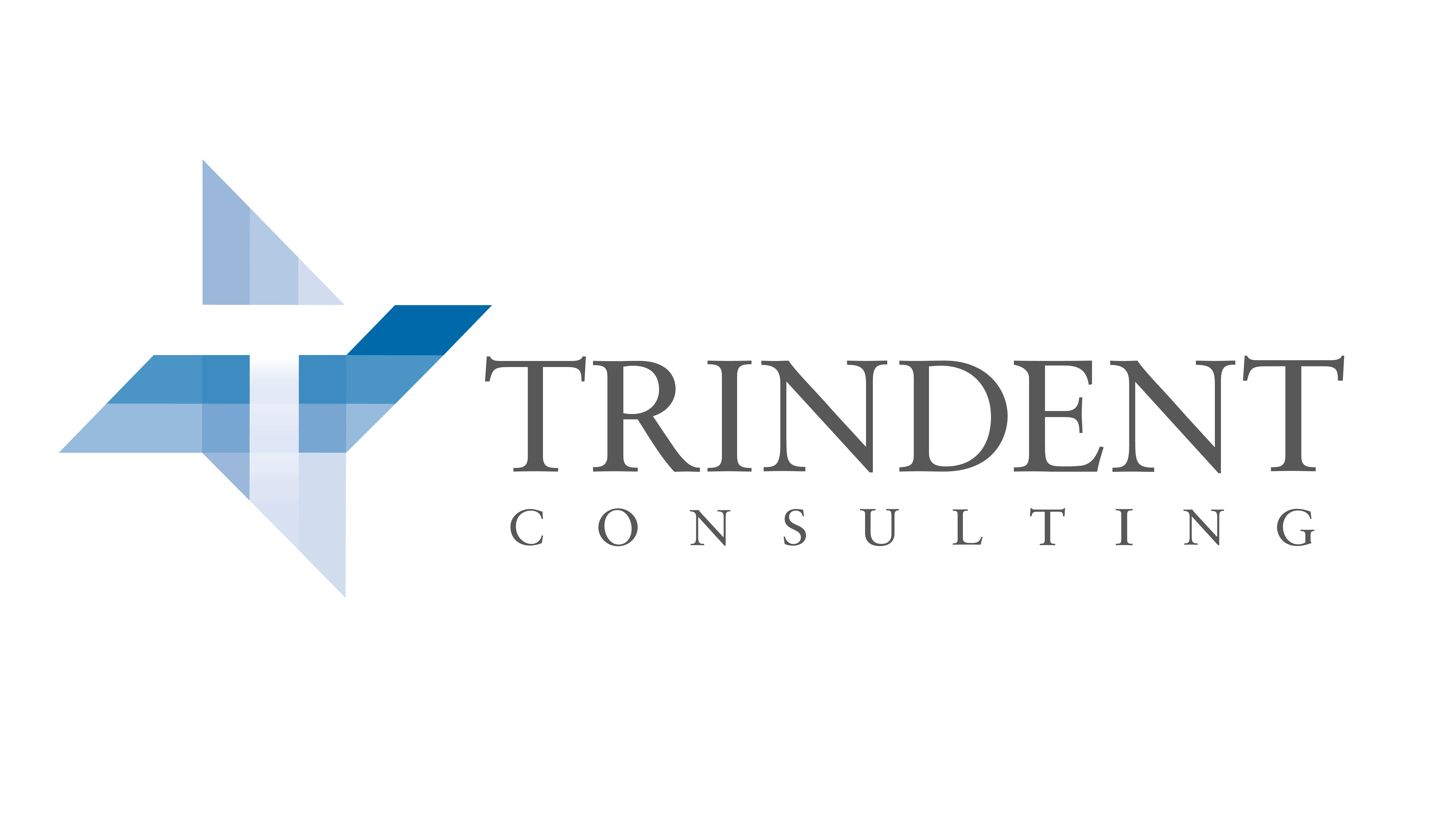Vital Role of Tank Gauging in Refineries: Ensuring Accuracy and Safety
Refineries play a critical role in the processing of crude oil and the production of various petroleum products. Within these complex facilities, the storage and management of liquids, such as crude oil, intermediates, and finished products are of utmost importance. To ensure efficient operations, accurate inventory management, and safe working conditions, refineries rely heavily on tank gauging systems. The following will explore the significance of tank gauging in refineries and how it contributes to the overall success of these facilities.
Different Tank Gauging Methods
While different gauging techniques are used depending on the type of tank and the unique properties of the liquid being stored, tank gauging methods can be divided into two general categories – manual and automatic. An automatic tank gauge (ATG) is an electronic device whose purpose is to continuously monitor levels. ATGs also provide refinery operators with details regarding what is happening inside the tank (e.g., changes in level, level warnings, water level and volume, and temperature). Alternatively, a manual gauge can be carried out using one of 2 techniques: innage (tells you the actual depth of the liquid inside the tank) or outage (measures the part of the tank that is not filled with liquid).
While it can be tempting to solely rely on ATGs for information, recall that all equipment must be calibrated to ensure accuracy. Considering the size of storage tanks, a difference of a quarter inch in level measurement could equal thousands of barrels. Now that we have a better understanding of different methods for tank gauging, let’s explore some of the benefits of using a combined approach for ATG and manual tank gauging at the refinery.
Accurate Inventory Management
Tank gauging provides accurate measurement of liquid levels and volumes in storage tanks. Precise knowledge of inventory levels is essential for production planning and scheduling. Accurate inventory data helps optimize storage capacity and minimize product losses. Compliance with Safety Regulations Refineries operate under strict safety regulations and guidelines. Tank gauging ensures compliance with regulations regarding storage tank safety. Accurate level monitoring helps prevent overfilling and the associated risks. Moreover, by eliminating inventory inaccuracy as a potential source for error, the refinery is better able to reconcile mass balance and more efficiently identify sources of loss (e.g., meter equipment issues, density measurements, etc.).
Leak Detection and Environmental Protection
Tank gauging systems play a crucial role in early leak detection. Continuous monitoring of tank levels helps identify potential leaks promptly. Detecting leaks promptly minimizes environmental impact and prevents product loss.
Operational Efficiency
Tank gauging systems enable real-time monitoring of tank levels and product movement. Operators can track inventory levels, identify bottlenecks, and optimize processes. Accurate data helps streamline operations, reduce downtime, and increase efficiency.
Maintenance and Asset Management
Tank gauging systems aid in predictive maintenance and asset management. Continuous monitoring of tank conditions helps identify maintenance needs. Early detection of equipment malfunctions reduces the risk of costly breakdowns.
Integration with Control Systems
Tank gauging systems can be integrated with refinery control systems. Integration allows for seamless monitoring and control of tank levels and operations. Real-time data integration facilitates decision-making and enhances overall refinery control.
Emergency Response and Contingency Planning
In the event of emergencies, such as fires or leaks, tank gauging data is invaluable. Accurate and up-to-date information aids emergency response teams. Tank gauging systems assist in developing effective contingency plans.
Calibration and Accuracy Verification
Regular calibration and verification of tank gauging systems are essential. Calibration ensures accurate measurement and reliable data. Regular verification confirms that the system remains within acceptable accuracy limits.
Operator Safety and Ease of Operation
Tank gauging systems enhance operator safety and ease of operation. Accurate level measurements reduce the need for manual gauging, minimizing exposure to hazards. Automated systems provide operators with real-time information, enhancing situational awareness.
Continuous Improvement and Optimization
In conclusion, refineries are constantly striving for improvement and optimization. Tank gauging data plays a vital role in identifying opportunities for optimization. Analyzing historical data helps refine processes, reduce waste, and enhance overall performance. Tank gauging is an indispensable component of refinery operations. It ensures accurate inventory management, compliance with safety regulations, early leak detection, operational efficiency, and much more. By investing in reliable tank gauging systems and embracing continuous improvement, refineries can achieve optimal performance, maintain safety standards, and contribute to the sustainable growth of the industry.
This article was written by Francesca D’Urso, an Engagement Manager at Trindent Consulting.
Interested in topics related to “Refinery Maintenance”? Click the buttons below to check out our related industry insights.
Refinery Maintenance: Planning for Success
As processors and storage become cheaper and more efficient, more and more companies want to analyze increasing amounts of data and use artificial intelligence to support Risk Based Decision Making; and refineries are no different.
Predictive Maintenance offers refineries an opportunity to determine the current condition of equipment to predict when a failure will occur. This gives refineries a potential to reduce Operating Expenses by performing preventative maintenance only when it is warranted and by reducing the costs associated with Reactive Maintenance. Predictive Maintenance programs are high CAPEX and, unfortunately, most refineries do not have adequate processes and quality data available to make this transition worthwhile. Trindent provides refineries with low to no CAPEX solutions that build the fundamentals required to make the first step towards Predictive Maintenance.
Foundations for Success
Before a refinery can implement a holistic Predictive Maintenance program, they first need to establish a pilot program. Creating the right foundation allows the refinery to plan for success and implement a program using data-driven decision making to determine where the initiative will have the most impact. Proper foundations also allow for improved refinery operations and a reduction in Operating Expenses in the interim.
- Proper Preventative Maintenance: Preventative maintenance reduces the likelihood of equipment failure by performing routine checks or interventions on the equipment. A proper maintenance program will occur frequently enough to detect failures but not be unnecessarily burdensome to maintenance personnel. As part of this, it’s important to understand correct Preventative Maintenance tasks, durations, and crafts people allow for refinery management to focus predictive maintenance efforts on the equipment that cost the most to maintain. Without proper Preventative Maintenance tasks in place, there will be inadequate follow-up action from predictive maintenance findings.
- Data Quality: During the work management process there are many opportunities to collect the right data; however, refineries often lack the processes and training to collect data that is sufficiently detailed. Improving maintenance programs for instruments and sensors allows the refinery to identify whether the quality of the data is adequate or if the right sensors are even in place. Better data quality allows for management to focus predictive maintenance efforts on specific failures that result in process interruptions. Furthermore, the use of Defect Elimination programs can give the refinery insights into the conditions that cause failure, allowing for a more effective predictive maintenance program.
- Culture: Without building a proactive culture, a predictive maintenance program is destined to be an expensive, but short-lived endeavor. Establishing the right training, tools, dashboards, and communication methodologies allows for results to be sustained. Once the refinery has shifted from a reactive to a proactive culture then the predictive maintenance program can be successful.
At Trindent, we focus on tangible results and showing improvement through data. This data-driven approach links our results to financial or other key performance indicators. In addition, we make sustainability a key part of each engagement, and train your employees to sustain results.
Refinery Maintenance: The Work Management Process
In any equipment intensive sector, there is almost never a quiet day – and a refinery is no exception. Even the best-planned days can be full of interruptions – failures and other unplanned events that disrupt the schedule and cause system slowdowns or outages.
But a well-curated and properly executed Work Management Process can smooth the impact of these disruptions and enable good Risk Based Decision Making so that refineries can reduce the costs associated with equipment failures, inefficient work execution, process interruptions, overtime, and rushed orders.
Typical Work Management Process
During the first part of the process – Work Need Identification – enhanced training can increase operator understanding of the processes and equipment, while empowering them to better identify failures before they occur. Properly designed and executed Preventative Maintenance for each piece of equipment can enable better identification of failing equipment and increase the equipment’s longevity.
Once a failure is identified, the Operator generates a work notification in the refinery’s Computerized Maintenance Management System (CMMS)or Enterprise Asset Management (EAM) software. Often, these systems are not optimally set-up to enable proper data collection, so it’s important that operators receive proper training in order to ensure that work notifications are of sufficient quality and detail with reduced operator variation.
After the notification is submitted to and approved by a supervisor, a Planner determines which craftspeople and tools are required to fix the failure and how long the work will take to complete. An inaccurate plan can lead to inefficient Work Order Execution as the proper craftspeople may not be involved, the proper tools may not be available, or the schedule may be inaccurate in terms of its duration. Improving the planning process using accurate data can prevent these deficiencies.
Work Order Scheduling is often a challenging area, as there is a limited amount of both human and financial resources, but a long list of work that needs to be completed. These scheduling meetings are typically the embodiment of “the squeaky wheel gets the grease”, with the loudest individuals in the room receiving the most resources. As a result, Preventative Maintenance efforts tend to be neglected, and this myopic view creates a slippery slope of increased equipment failures in the long-term. Creating Standard Operating Procedures and Work Management Risk Matrices can support work prioritization and strike the balance between preventative and reactive work orders. The same logic can be used to prioritize and decrease the Maintenance Backlog. It’s important to note here that the proper criteria should be used in work prioritization to reach desired outcomes; frequently, refineries use incorrect criteria, which reduces the effectiveness of prioritization efforts.
Work Order Close-out is one of the most important steps in the process but is often neglected or improperly completed. A proper Work Order Close-out results in better data collection and more informed decision making. This information can be used in a continuous improvement process that allows Planners to fine-tune Work Order Planning. Additionally, failure code data can be used to identify root causes of failures and support Defect Elimination programs.

